Discover the fascinating world of royal age, where history, culture, and timeless traditions converge. The concept of royal age transcends mere years, encapsulating the legacy and grandeur of monarchies that have shaped civilizations. From ancient empires to modern-day royalty, this term embodies the essence of power, elegance, and heritage.
The royal age represents more than just a period in history; it symbolizes a way of life that has inspired generations. It is a testament to the enduring influence of monarchies and their ability to adapt while preserving their core values. This article delves into the depths of what defines the royal age, exploring its significance across different eras and regions.
As we journey through the pages of history, we uncover the stories of kings, queens, and their courts, which have left an indelible mark on the world. The royal age continues to captivate audiences worldwide, offering a glimpse into a world of opulence, duty, and grace. Join us as we explore the multifaceted dimensions of this timeless concept.
Read also:Eduardo Capetillo The Iconic Actor Who Shaped Latin Entertainment
Table of Contents
- The History of Royal Age
- Symbols and Traditions in the Royal Age
- Types of Monarchies in the Royal Age
- Cultural Impact of the Royal Age
- Economic Influence of the Royal Age
- Modern-Day Royalty and the Royal Age
- Royal Fashion Through the Ages
- Architectural Marvels of the Royal Age
- Challenges Faced by the Royal Age
- The Future of the Royal Age
The History of Royal Age
Origins and Evolution
The history of the royal age dates back thousands of years, with the rise of early civilizations in Mesopotamia, Egypt, and the Indus Valley. These societies laid the foundation for the concept of monarchy, where rulers were seen as divine or semi-divine figures. Over time, the royal age evolved, with different regions developing unique traditions and systems of governance.
Key milestones in the royal age include the establishment of feudal systems in medieval Europe, the rise of powerful empires such as the Byzantine and Ottoman, and the transformation of monarchies into constitutional systems in the modern era. Each period added layers of complexity to the concept of royal age, reflecting the changing dynamics of power and society.
Symbols and Traditions in the Royal Age
Crowns and Regalia
Symbols play a crucial role in the royal age, serving as visual representations of authority and legitimacy. Crowns, scepters, and other regalia are not merely decorative items but carry deep cultural and historical significance. These symbols are often passed down through generations, reinforcing the continuity of royal lineage.
- Crowns symbolize sovereignty and divine right to rule.
- Scepters represent the ruler's authority and power.
- Ornaments and jewels reflect the wealth and prosperity of the monarchy.
Types of Monarchies in the Royal Age
Absolute vs. Constitutional Monarchies
The royal age encompasses various forms of monarchy, each with its own characteristics and functions. Absolute monarchies, where the ruler has unchecked power, were prevalent in earlier periods. In contrast, constitutional monarchies limit the ruler's authority through laws and institutions, creating a balance between tradition and democracy.
Examples of modern constitutional monarchies include the United Kingdom, Sweden, and Japan, where the monarch's role is largely ceremonial. These systems highlight the adaptability of the royal age to contemporary governance structures.
Cultural Impact of the Royal Age
Art and Literature
The royal age has profoundly influenced art, literature, and other cultural domains. Royal patronage has been instrumental in fostering creativity, leading to the production of masterpieces that continue to inspire. From Shakespeare's plays to the grand palaces of Versailles, the royal age has left an indelible mark on the cultural landscape.
Read also:Shawne Williams The Rising Star Of The Music Industry
Moreover, the royal age has shaped societal norms and values, promoting ideals of honor, duty, and chivalry. These values resonate even today, influencing contemporary art and media.
Economic Influence of the Royal Age
Wealth and Trade
Economically, the royal age has been a driving force behind global trade and commerce. Monarchies have historically controlled vast resources, facilitating the exchange of goods and ideas across continents. The Age of Exploration, fueled by royal ambitions, opened new trade routes and markets, transforming the world economy.
In the modern era, royal families continue to contribute to economic growth through tourism and cultural heritage preservation. Their estates, palaces, and events attract millions of visitors annually, generating significant revenue.
Modern-Day Royalty and the Royal Age
Adapting to Change
Despite the challenges posed by modernity, the royal age remains relevant in today's world. Modern royalty has embraced technology and media to connect with global audiences, maintaining their influence and appeal. Royal weddings, charity work, and public appearances generate widespread media coverage, keeping the royal age alive in the public consciousness.
However, the role of modern royalty is evolving, with greater emphasis on social responsibility and community engagement. This shift reflects the changing expectations of society and the need for monarchies to remain relevant in an ever-changing world.
Royal Fashion Through the Ages
Style and Elegance
Fashion has always been an integral part of the royal age, with monarchs setting trends and standards for generations. From the elaborate gowns of the Tudor era to the minimalist elegance of contemporary royalty, royal fashion reflects the cultural and social values of its time.
Iconic moments in royal fashion, such as Princess Diana's wedding dress or Kate Middleton's sapphire engagement ring, capture the imagination of millions. These symbols of style and grace continue to inspire designers and enthusiasts worldwide.
Architectural Marvels of the Royal Age
Palaces and Castles
The royal age is synonymous with grand architecture, with palaces and castles serving as tangible expressions of power and wealth. Structures such as the Palace of Versailles, Buckingham Palace, and the Alhambra showcase the architectural achievements of their respective eras.
These buildings not only serve as homes for royalty but also as cultural landmarks that attract millions of visitors each year. Their preservation and restoration efforts highlight the enduring legacy of the royal age.
Challenges Faced by the Royal Age
Political and Social Pressures
Despite its enduring appeal, the royal age faces numerous challenges in the modern world. Political pressures, public scrutiny, and changing societal values test the resilience of monarchies. Questions about the relevance and cost of maintaining royal families have sparked debates in various countries.
However, many monarchies have successfully navigated these challenges by adapting to new realities and embracing change. Their ability to remain relevant underscores the enduring appeal of the royal age.
The Future of the Royal Age
Innovation and Tradition
Looking ahead, the future of the royal age lies in its ability to balance tradition with innovation. As societies continue to evolve, monarchies must find new ways to connect with their subjects and maintain their relevance. This may involve embracing digital platforms, promoting social causes, and fostering cultural exchange.
The royal age will undoubtedly continue to captivate audiences worldwide, offering a glimpse into a world of elegance, duty, and heritage. Its ability to adapt and thrive in an ever-changing world ensures its place in history for generations to come.
Conclusion
In conclusion, the royal age represents a rich tapestry of history, culture, and tradition that continues to inspire and influence the world. From its origins in ancient civilizations to its modern-day manifestations, the royal age has proven its resilience and adaptability. By exploring its various dimensions, we gain a deeper appreciation for the enduring legacy of monarchies.
We invite you to share your thoughts and insights in the comments section below. Feel free to explore other articles on our website for more fascinating content. Together, let's celebrate the timeless allure of the royal age!
Data Source: Encyclopedia Britannica
Data Source: History Channel


